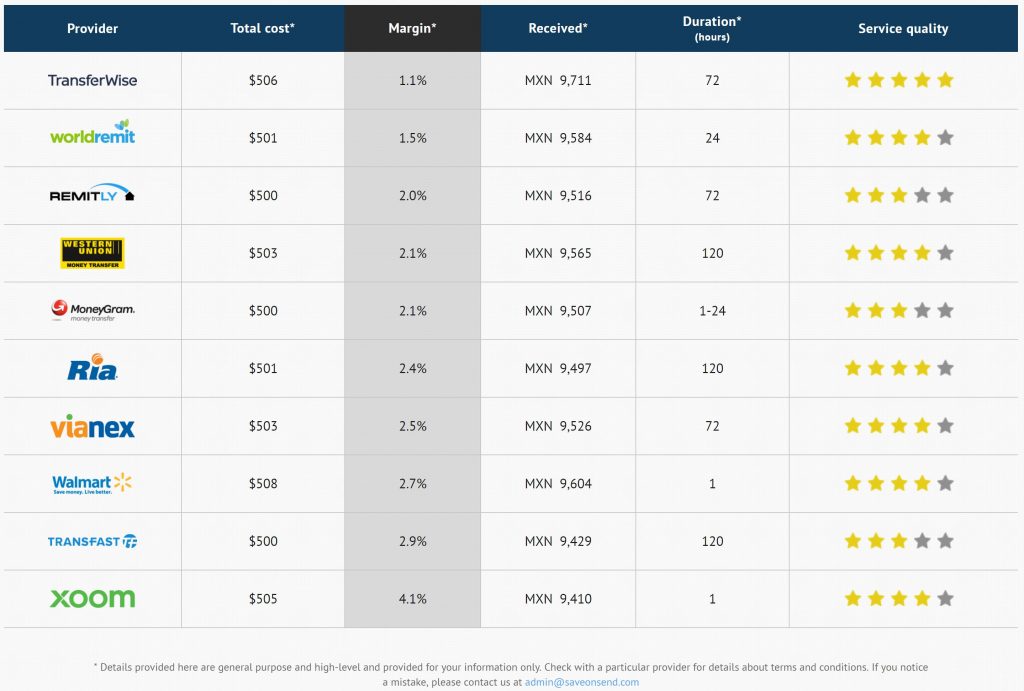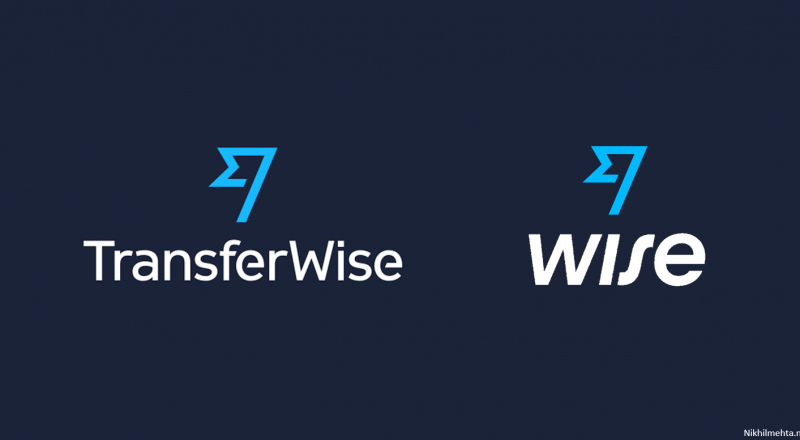Transferwise has been in the news a lot these days. They are becoming Wise; I meant they are renaming their company as Wise. (Further, will use Transferwise or Wise alternatively to address the same company). They are also planning to come up with their IPOs. Founders of the company have launched their investment fund (not a VC fund). Wise has been admired and been talked about a lot. After all, their business has been a disruptor of many existing businesses. As the name suggests, Wise is in the money transfer business, which many companies do. How exactly did transferwise make an impact globally with their decade-old business? Let us find out.
Pre Transferwise era
Kristo Käärmann, an Estonian, was working as a management consultant at Deloitte. He had to pay back his mortgage in Estonia and had to transfer money from Britain to Estonia. He had the means to transfer funds. However, almost all means were expensive. Conversion from pound to euro and transfer fee took away 5% of the total amount. If you had to transfer 100000, 5% of this amount which is 5,000 bucks, would be deducted as transfer fees. This pinched Käärmann. He did some research and found out that many people face a similar problem. During remittances to the home nation, a good part of the transfer amount was taken away by the financial institutions. Since there is no single currency globally, the conversion is inevitable, and so are the charges.
Käärmann with Taavet Hinrikus (another Estonian), who was the first employee of Skype, decided to address this problem through their venture Transferwise. They decided to overhaul the cross-border transfer industry. The money transfer industry was about to witness disruption.
How Transferwise made money transfer cheap?
Financial institutions used the spread between buying and selling rates of currencies. Meaning they were buying Pounds (GBP) for 1.2 USD and selling at 1.4 USD. Banks made a hefty sum by retaining these margins. Transferwise identified that this spread was the major contributor to the transfer fees. Transferwise got its business model from an ancient Indian practice called, Hawala to reduce the transfer fees.
What is Hawala Transfer
The hawala system originated in India. It has existed since the 8th century between Indian, Arabic, and Muslim traders who operated alongside the Silk Road and beyond as a protection against theft. Hawala system very well supported the trades, even when the banks did not exist. Basically, under the Hawala system, money is transferred via hawala brokers. There would be various brokers across various geographic locations who would collect money from buyers. They would acknowledge the receipt of funds to the broker on the seller’s end. On acknowledgment, the broker at the seller’s end would pay the seller. Both the brokers at the seller and the buyer end would charge a small fee for the transfer. An important question is how do these brokers create capital so that they can continue the business.
The capital we are talking about will be equal to the trade amount and would be substantial compared to the fees charged. Basically, at every location, someone would be a buyer, someone would be a seller. Essentially, the broker will be taking money from a few people and giving money to few people against their trades, thus creating a pool for himself to continue the business. Hawala system came under the scanner due to money laundering cases and has since become defunct.
How does Transferwise work?
Transferwise is based majorly on the principles of Hawala. Instead of the brokers, transferwise has introduced bank accounts in various countries. To transfer money from the UK to India, I will have to deposit money in a Transferwise UK account. Transferwise will pay the recipient post-conversion in Indian currency from their India account. Transferwise would take a small fee, which is upfront being conveyed to the user. Banks and Financial Institutes marketed it as zero-fee but later did charge a hefty 5% fee. This hawala mode minimizes the currency exchange rate spread. Thus, giving transferwise a competitive cost advantage over financial institutes.
Transfer rates are fixed for 2 days, thus eliminating uncertainty in a shorter period.
Transferwise claims that their costs are almost 80% lesser than their competitors. Independent comparison site Monito revealed that Wise was on average 83% cheaper than the big four UK banks on major currency routes. Further, they said that Wise could be up to 90% cheaper in certain specific cases.
Wise Business Strategy
Since its launch in 2011, Wise has onboarded over 10 million people on its platform. The success of wise can be attributed to two key strategies. One was the clear-cut targeting strategy; the second was its marketing strategy. Wise has been focussing on the blue collared migrants. The typical transfer size for such users is about $2300. This amount is 2 to 3 times higher than most of its competitors like WorldRemit, Azimo, or Remitly. They would want to have a cheaper transfer platform. Overall, user stickiness would be high if you provide a cost advantage in small amount transfer.
When it comes to its marketing strategy, Wise has been using Social Media, PR, SEO, etc. Word of mouth, however, is their major contributor to growth. Since the platform is easy to use, gives a great experience and money transfers are lightning-fast, they have gained high regards from their users.
Over and above the B2C platform, Transferwise does offer business solutions as well. Similar to cross-border accounts, businesses can open cross-border accounts as well. They also handle invoice management for the customers. These businesses are charged per transaction basis similar to retail customers, thus saving those businesses truckloads of money.
Wise also offers solutions to banks, those same institutions they initially competed with. Through Wise API, money transfer transactions would be taken up. Some of the companies that utilize the API integration include German challenger bank N26 as well as Monzo.
Strong Investor backing
Since their launch, transferwise has had big names to back their venture. To name a few, Richard Branson, Peter Theil, and Andressen Horowitz showed faith in transferwise. Being backed by strong VCs and individuals helped them gain trust and publicity, effectively leading to rapid business expansion. They witnessed a few years where their business expanded 100%.
Competition
Cross border money transfer segment has many players. World Remit and TransferMate, are some new-age competitors. Some legacy businesses like banks and money transfer services have been severely impacted by Wise. Western Union, a 150+-year-old institution focusing on money transfer, is getting stiff competition from Wise. In a comparison between the two services, Wise ranks far higher than Western Union. There have been some inferences suggesting that Wise is not always cheap. Refer to the image below.

Looking at those numbers, one can say that Wise is not the cheapest always.
Parting Thoughts
Fintech as a sector is getting lots of traction. The fundamental reason is financial institutes continued with modus operandi for decades. With the advent of technology and a lot of capital available for deployment, new businesses are trying to disrupt these age-old practices. With its success so far, Wise has made a mark in the money transfer industry. Wise now has to ensure that they continue to innovate rather than stagnate like legacy institutions
Read – How a new age Insurance company is changing the Insurance landscape





